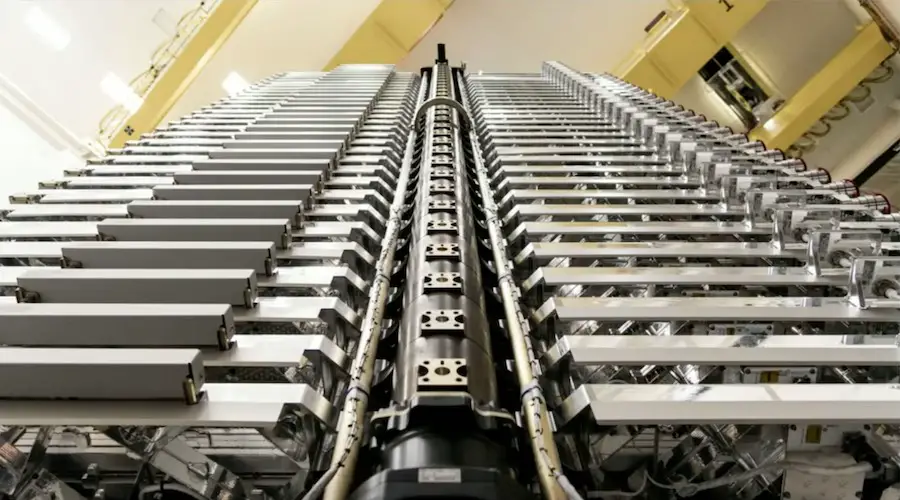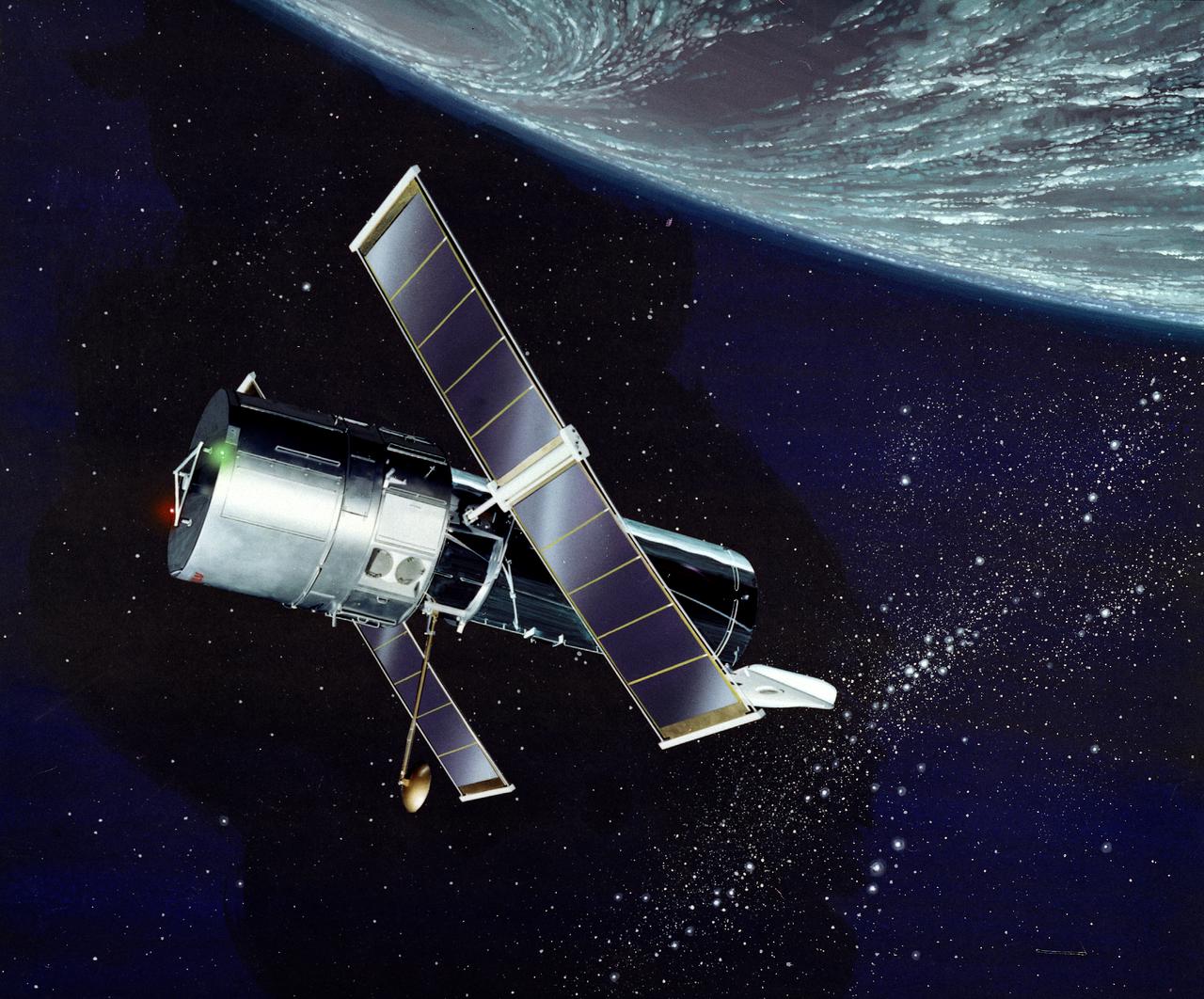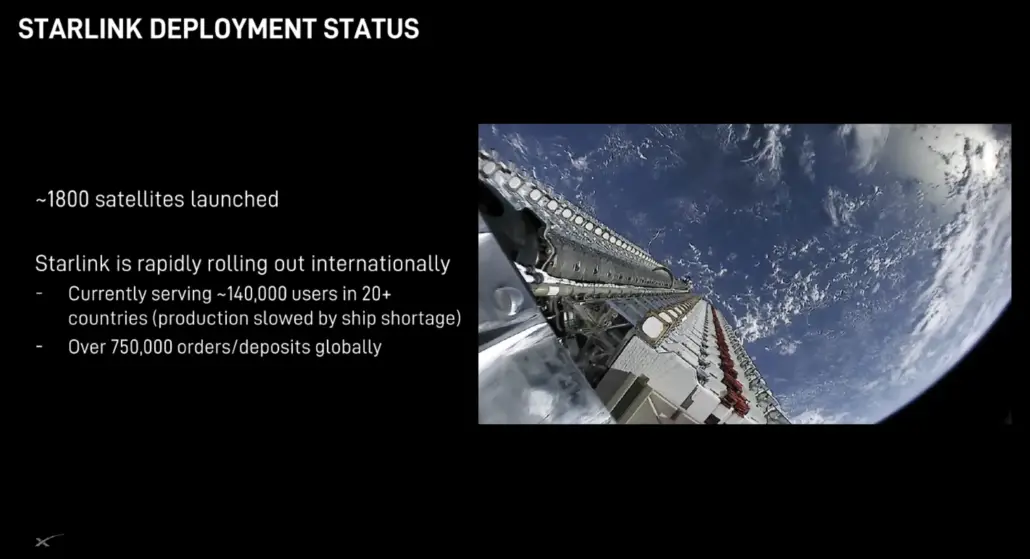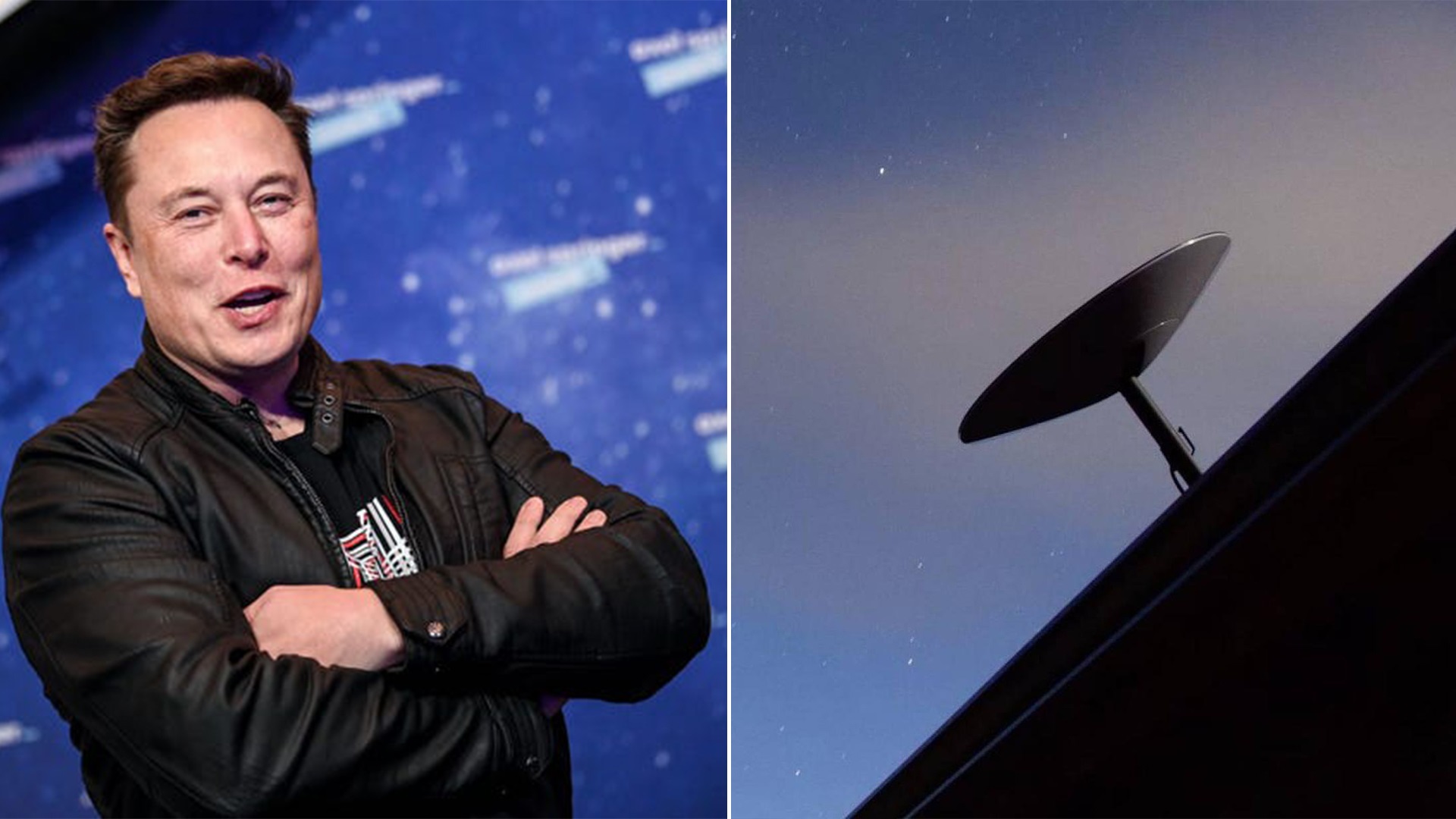Mr. Elon Musk, CEO of Space Exploration Technologies Corporation (SpaceX), has released new information on his company’s Starlink satellite internet network.
Starlink is a SpaceX internet service that employs tiny satellites in low Earth orbit (LEO) to beam down the Internet to its consumers. SpaceX has insured that Starlink is the world’s biggest internet constellation in operation, thanks to a high cadence of launches, and the business is presently updating the satellites with laser-based communication.
This will enable Starlink to increase its coverage and reach places where satellites and users cannot connect to internet servers without the usage of ground stations.

Musk confirms that Starlink will soon begin operating laser links between satellites.
Mr. Musk updated his followers on Twitter with the newest information, including the number of Starlink satellites now in orbit and his company’s intentions to launch newer spacecraft capable of optical communication. These are critical for assessing the internet service’s present capacity, which has come under assault from competitors in the Federal Communications Commission’s ongoing processes for spectrum sharing and licensing (FCC).
Starlink presently has over 1,400 spacecraft in operation, according to the CEO, and will shortly activate its satellite with laser connection. As he stated:
1469 Starlink satellites active
272 moving to operational orbits
Laser links activate soon— Elon Musk (@elonmusk) January 15, 2022
These numbers are important since they are the first time SpaceX has revealed figures for its operating spaceship. The firm is generally more forthright about the overall number of satellites it has launched to far, which is more than Musk’s estimate.
Mr. David Godlman, SpaceX’s director of satellite policy, provided the most recent such disclosure in a submission to the FCC. This occurred during the Commission’s review of the company’s application to launch the internet spaceship using its Starship next-generation launch vehicle platform.
SpaceX is under criticism from competitors who say the revision to its proposal for the second generation Starlink satellites to accommodate Starship for a beefier cadence breaches FCC guidelines. Mr. Goldman said in the statement to the FCC that his business had launched about 1,800 satellites by mid-November of last year.

Importantly, the tweet reveals that Starlink has completed more than a quarter of the first quarter of its constellation phase. There will be a total of 4,396 satellites in this phase, with 1,584 positioned at 53° and 53.2° inclinations, respectively.
Since Mr. Goldman’s November filing, SpaceX has launched 247 more satellites via five flights, the majority of which occurred this year. The fresh launches all aim for the 53.2° inclination, which is the second portion of the first phase indicated above, bringing the total number of spacecraft launched close to 2,000.
Starlink initially used lasers to test newer satellites in 2020, and the corporation has since launched six of these spacecraft, confining itself to far-flung polar orbits for the time being.
Starlink’s present operating architecture entails the user beaming data to the satellite through a dish, with the satellite then conversing with ground stations before reconnecting with the user. Laser communications enable Starlink to cover a larger geographic area.
This is eliminated by laser or optical communication, and Mr. Musk’s new tweet also hints that Starlink has yet to put its laser satellites into service.

As more of these satellites are added to the mix and become operational, Starlink’s performance should either increase or stay the same as it adds more customers to its fold.
According to the most recent statistics from Ookla, the company behind the renowned internet speed measuring software Speedtest, the service is currently topping broadband internet providers in download speeds throughout the world.
Musk’s recent estimates, on the other hand, contradict those compiled by Mr. Jonathan McDowell, a well-known astronomer. McDowell, who routinely updates his website with information on the Starlink spacecraft, such as how many are in orbit and how many are active, estimates that 1,498 satellites are operational, rather than the 1,469 indicated by SpaceX’s CEO.
However, once the satellites on their way to an operational orbit, as Musk claims, arrive at their destination, Starlink would have cemented its edge over rival companies planning to launch their own internet satellites.

